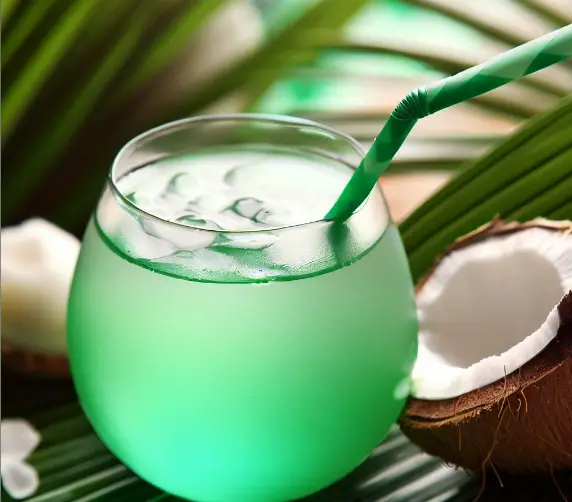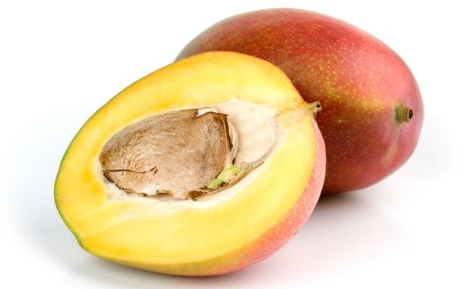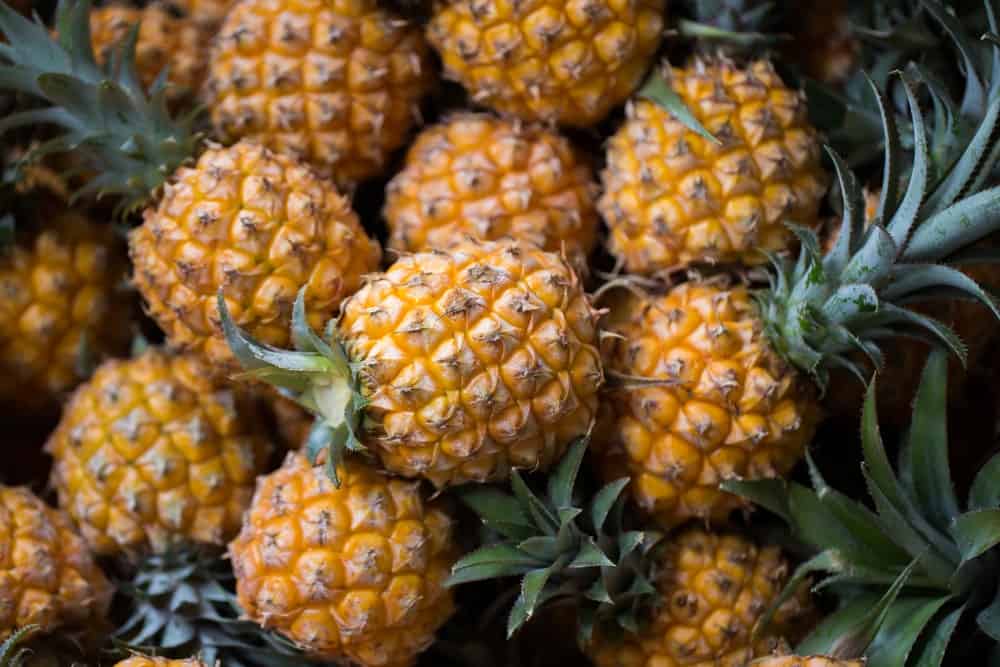The green coconut, an immature fruit of the coconut palm (Cocos nucifera), is easily recognized by its green outer husk. This young coconut holds a clear, sweet liquid known as coconut water, which is full of important nutrients and offers an array of health advantages.
Table of Contents
- Understanding the Green Coconut
- The Rich Nutritional Profile of a Green Coconut
- The Diverse Health Benefits Offered by Green Coconuts
- 1. Improved Hydration and Electrolyte Balance
- 2. A Wealth of Vital Nutrients
- 3. Enhanced Immune Function
- 4. Digestive Health Support
- 5. A Source of Natural Energy
- Diverse Uses for Green Coconuts
- 1. As a Refreshing Beverage
- 2. In Cooking and Baking
- 3. For Skin Care
- 4. Taking Care of Your Hair
- How to Open a Green Coconut
- Conclusion
- FAQs
- Are green coconuts and brown coconuts the same?
- Can I drink green coconut water every day?
- How long can green coconut water be stored?
- Are there any side effects of consuming green coconut?
- Can green coconut oil be used for cooking?
- What are the benefits of young coconut meat?
- What to do with green coconut shell?
- How to tell if a green coconut is ripe?
- Can you eat green coconuts?
- What does green coconut flesh feel like?
- Is it okay to drink the water from a green coconut every day?
- How long can you keep the water from a green coconut?
- Can eating green coconuts cause any problems?
- Can you use the oil from green coconuts for cooking?
- What’s so good about the meat from young coconuts?
- What can you do with the shell of a green coconut?
- How can you tell if a green coconut is ready to eat?
- Can we eat the inside of green coconuts?
Understanding the Green Coconut
When a coconut begins to grow, it is first green and filled with nutrient-rich water. Over time, the green shell turns brown, and the water becomes the white coconut meat we’re used to seeing. Harvesting takes place when the coconut is still young to make the most of the abundant, nutritious water it holds.
The Rich Nutritional Profile of a Green Coconut

Green coconuts pack a wealth of essential nutrients. They’re low in calories and fats but are a good source of dietary fiber. Here’s a closer look at the valuable nutrients in green coconuts:
- Vitamin C: Offers antioxidant benefits and is vital for a robust immune system.
- Potassium: Essential for hydration, blood pressure control, and heart health.
- Magnesium: Supports muscle and nerve function and general immune health.
- Vitamin B-complex: A mix of B vitamins that boosts energy levels, brain health, and the condition of your skin and hair.
The Diverse Health Benefits Offered by Green Coconuts

Drinking green coconut water or eating its flesh can have positive effects on your health. Below are some of these benefits:
1. Improved Hydration and Electrolyte Balance
Green coconut water is an excellent way to stay hydrated and keep your electrolytes balanced, especially after exercising or during hot weather. It offers a mix of essential minerals that help maintain hydration.
2. A Wealth of Vital Nutrients
This tropical fruit offers a broad spectrum of nutrients that are critical for good health, from vitamins to antioxidants. Regular consumption can help you meet your daily nutritional needs.
3. Enhanced Immune Function
With its high vitamin C content, green coconut helps bolster the immune system, making it more effective at staving off illnesses and infections.
4. Digestive Health Support
Green coconut water is kind on the digestive system and can ease digestion-related discomfort such as indigestion or heartburn. It also contains enzymes that aid in digestion and promote a healthy gut.
5. A Source of Natural Energy
Instead of sugary drinks or caffeine, try green coconut water for a refreshing energy boost. It provides a natural and gradual increase in energy without the crash.
Diverse Uses for Green Coconuts

Green coconuts are versatile beyond just being a hydrating beverage. Here are other ways to use them:
1. As a Refreshing Beverage
The most popular way to enjoy green coconuts is as a drink. You can drink the water straight from the coconut or use it in smoothies and other recipes.
2. In Cooking and Baking
The soft flesh of green coconuts is also edible. It’s a great addition to many recipes, from salads and curries to desserts. It’s a tasty snack by itself too!
3. For Skin Care
Green coconut water is good for your skin, both when you drink it and when you use it directly on your skin.
Green coconut water can also be a natural skin toner or a refreshing spray for your face. It’s great for adding moisture and revitalizing your skin. Plus, it can calm sunburns or skin that’s dry.
4. Taking Care of Your Hair
If you’re looking for something to nourish your hair, green coconut water could be the answer. You can use it like a natural hair conditioner to make your hair shiny and help it grow healthy. Rubbing green coconut water onto your scalp might also help cut down on dandruff and keep your hair and scalp from getting dry.
How to Open a Green Coconut
If you want to open a green coconut, it’s not too hard. Just follow these steps:
- First, find the coconut’s “eyes” – you should see three little dents at the top of the coconut.
- Get your tools ready: a strong knife or a cleaver, and you’ll also need a hammer or a mallet.
- Out of the three eyes, one will be softer than the others; that’s the one you’ll open.
- Now, carefully push the knife tip into the soft eye and gently tap it with your hammer or mallet. Twist the knife a bit to make a hole.
- Hold the coconut over a bowl and let the water pour out through the hole.
- To open the coconut, put it on a firm surface, then hit it with your knife or cleaver, using the hammer for extra force. Keep going until it cracks open.
- Once it’s open, use the knife to take the soft coconut meat out of the shell.
Be careful with the knife or cleaver so you don’t hurt yourself. You might need a few tries to get it right, so take it slow and be patient. Once you open it, you can enjoy the fresh coconut meat!
Conclusion
Green coconuts are more than just a tasty tropical treat; they’re also full of good stuff for you like vitamins, minerals, and stuff that keeps you hydrated. They can help you stay hydrated, support your immune system, and give you much-needed nutrients.
You can do lots of different things with green coconuts. You can drink them, cook with them, or even use them in your skincare routine. They’re super versatile and popular for lots of reasons.
So whether you’re sipping one on a beach holiday or just living a healthy life, green coconuts have lots of perks. Go ahead and enjoy all the great things they offer.



![What Is the National Fruit of Afghanistan and Why? [ANSWERED]](https://fruitonix.com/wp-content/uploads/2023/04/pomegranate.webp)





